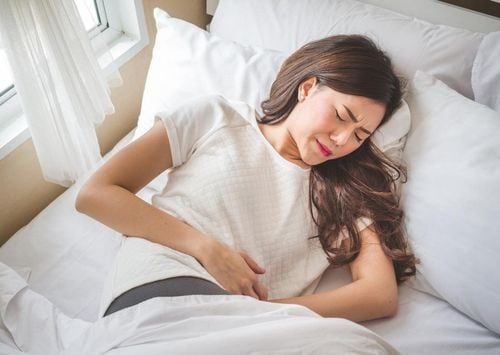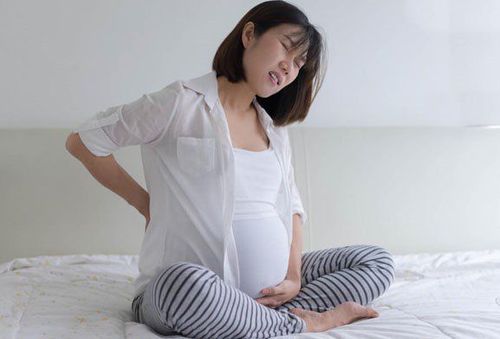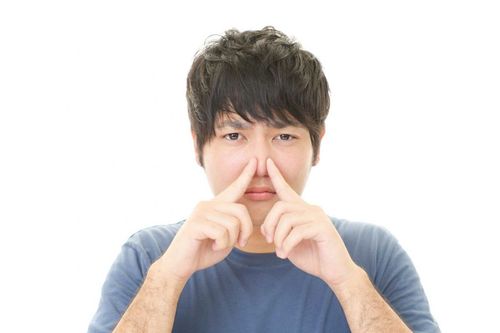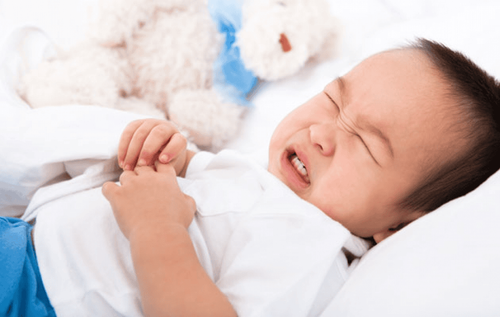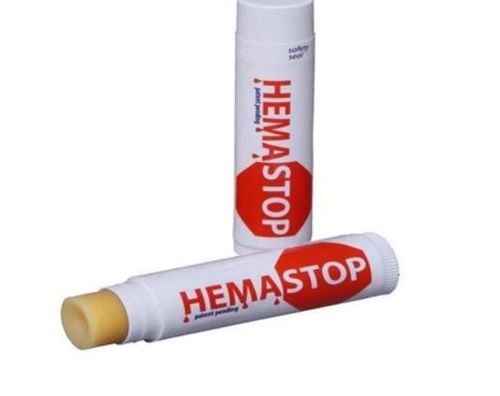This is an automatically translated article.
Pain is a complication after a stroke, this condition is often accompanied by symptoms of depression, cognitive dysfunction that reduces life. Post-stroke pain syndrome includes central pain, complex regional pain, musculoskeletal pain (including shoulder, spasticity-related pain, headache).
1. What is post-stroke pain?
A stroke is a sudden neurological deficit with local symptoms that persists for more than 24 hours or, worse, is fatal within 24 hours. Stroke includes hemorrhagic stroke and ischemic stroke. A stroke needs urgent detection for prompt emergency treatment.When the patient has a stroke, pain will appear, this is considered a consequence of the stroke. Usually, post-stroke pain occurs late, and it can take a month or several months for post-stroke pain to develop.
Post-stroke pain occurs suddenly when blood flow to the brain is cut off, causing brain cells to be acutely deprived of oxygen, so brain cells gradually die, resulting in loss of memory control and memory loss. muscle. After a stroke, most of the organs and nervous system suffer heavy consequences, causing pain in the body. Specifically:
Caused by the destruction of the protective outer myelin sheath, from which electrical impulses discharge uncontrollably and cause a variety of pain symptoms. In addition, damaged muscles, blood vessels and nerves also cause pain receptors to transmit pain signals to the brain to notify the body of pain.
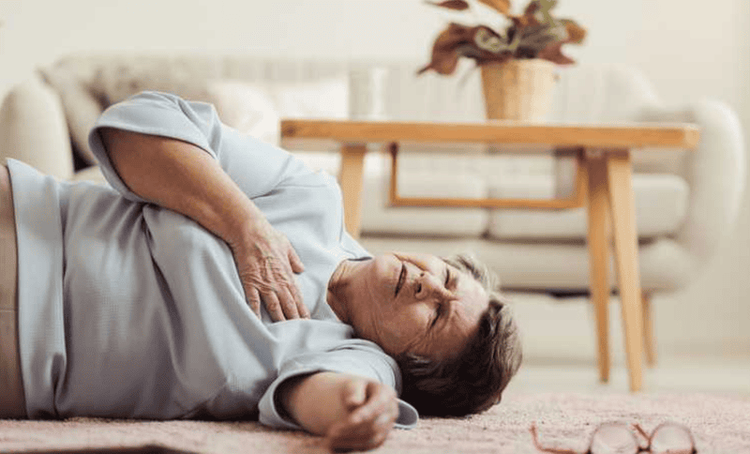
Tình trạng đau sau đột quỵ xuất hiện bất ngờ khi lưu lượng máu lưu thông đến não bị cắt đứt
2. Types of pain after stroke
There are many types of pain after a stroke and the treatment for each type of pain is also different, so each patient will be treated with unique methods of treatment. Usually, there are 5 types of pain after a stroke that often appear. Specifically:Spasticity After a stroke, the muscles are weaker than before, the muscles will become stiffer and tight. Those who are lucky enough to survive a stroke experience muscle spasms that lead to pain. Symptoms manifest as sudden movements, powerlessness, and pain that occurs not only in the affected muscles but also in nearby muscles.
If you have pain due to muscle spasticity after a stroke, you may need to take medicine, use pain relievers or use muscle relaxant cream in combination with physical therapy to restore function after the stroke to reduce the condition. stiff. In case the muscle spasm persists as well as the pain does not improve, botulinum injections can be used to help relax the muscles and relieve pain for the patient.
Central Nerve Pain In stroke patients with CNS pain, the mechanism of pain cannot be clearly defined. Some argue that CNS pain after a stroke occurs because the brain reacts complexly to trauma, causing oversensitivity to appear. CNS pain after a stroke is often severe, prolonged and often has a burning, tingling sensation...
Conventional pain relievers are mostly ineffective in controlling this pain, so Doctors will have to prescribe anti-epileptic drugs or antidepressants for patients.
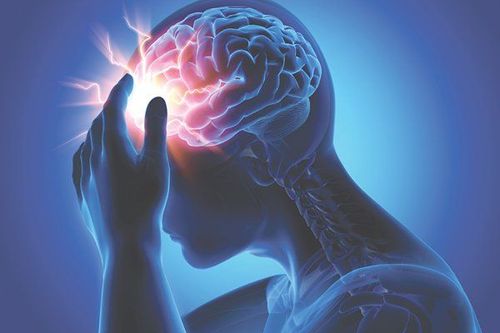
Những người bệnh đột quỵ bị đau thần kinh trung ương chưa thể xác định rõ về cơ chế của cơn đau
Musculoskeletal pain Musculoskeletal pain is considered the most common consequence of stroke. Musculoskeletal pain usually occurs in the neck, arms, shoulders, legs or back of the patient. This type of pain is usually mild or moderate pain, so it can be relieved with pain relievers.
However, some cases of musculoskeletal pain after a stroke can be severe with movement. Therefore, the rehabilitation process after stroke is affected, making it difficult for patients to walk. In this case, the doctor can guide the patient to the most appropriate exercises.
Headache If the patient has had a headache before, it will be worse after a stroke. This is because a stroke can trigger headaches. A headache after a stroke can be a sharp pain, but it can also be severe with nausea, dizziness, and fatigue in the body. A headache after a stroke can be caused by stress, pain caused by medication, or by fluctuations in blood pressure.
People with post-stroke headaches also need to be closely evaluated by a neurologist to have a specific diagnosis and provide the most appropriate treatment for the patient.
Severe limb pain Severe limb pain is rare. The level of pain can cause a person to completely lose feeling in the pain site or feel like the limbs are falling off.
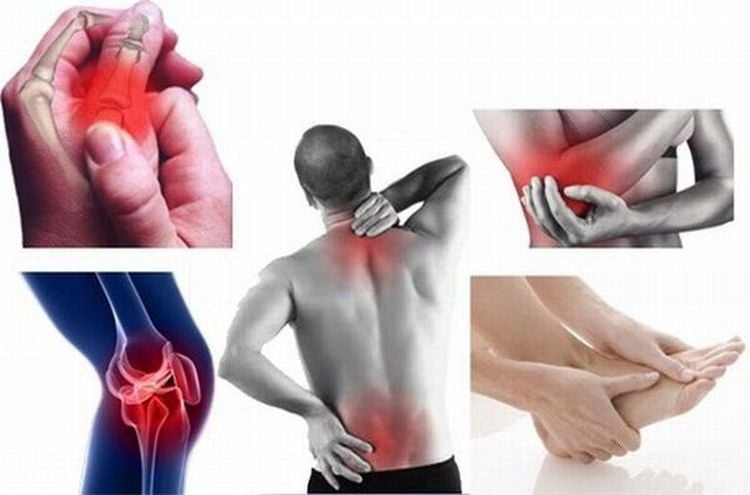
Đau cơ xương khớp được xem là hậu quả của đột quỵ phổ biến nhất
3. Rehabilitation after stroke
After a stroke, the patient's daily activities are greatly affected, in which mainly the loss of function in the limbs. However, rehabilitation after a stroke is difficult. Therefore, patients with acute stroke should begin early mobilization if there are no contraindications. But it should be noted, early stroke rehabilitation needs to allow exercise of all brain functions in a natural way.
In addition to the pain relief methods for rehabilitation after stroke as above, physical therapy methods are also often used to help relieve pain after strokes. In addition, cortical stimulation can help relieve pain in patients when drugs and other treatments do not work. The procedure is typically performed as follows:
MRI and computer-aided neuro-navigation techniques are used to guide the implantation of electrodes on the surface of the brain. Another approach is to perform the implantation of a neurostimulator if motor cortical stimulation is successful in relieving the pain of a person who has had a stroke. The nerve analyzer is placed under the skin near the collarbone and connected to electrodes. Another external radio transmitter will be used to modulate the electrical impulses, depending on the level of pain. Electrodes will be placed into deeper areas of the brain responsible for producing or prolonging pain, rather than on the surface of the brain. In summary, stroke usually occurs suddenly with local symptoms and persists for more than 24 hours or, worse, is fatal within 24 hours. Therefore, stroke needs urgent detection to have timely emergency therapy as well as early rehabilitation to reduce pain. Currently, patients with post-stroke pain can go to the Rehabilitation Department - Vinmec International General Hospital for physical therapy and rehabilitation. The faculty has the strength of rehabilitation for patients after orthopedic trauma surgery, cardiac - thoracic surgery, stroke and pediatric respiratory rehabilitation,... In particular, Vinmec owns The team of doctors has specialized in Rehabilitation with many years of experience and dedication to patients. Subdivisions such as: Medical examination area, physical therapy area, movement therapy area, ... are spaciously designed, equipped with many modern equipment, bringing comfort to patients to get the best treatment results. At the same time, the Department of Rehabilitation is also equipped with a system of therapeutic machinery from leading countries in technology such as the Netherlands, Japan, etc., which will bring satisfaction to customers to use. services of Vinmec.
Please dial HOTLINE for more information or register for an appointment HERE. Download MyVinmec app to make appointments faster and to manage your bookings easily.




